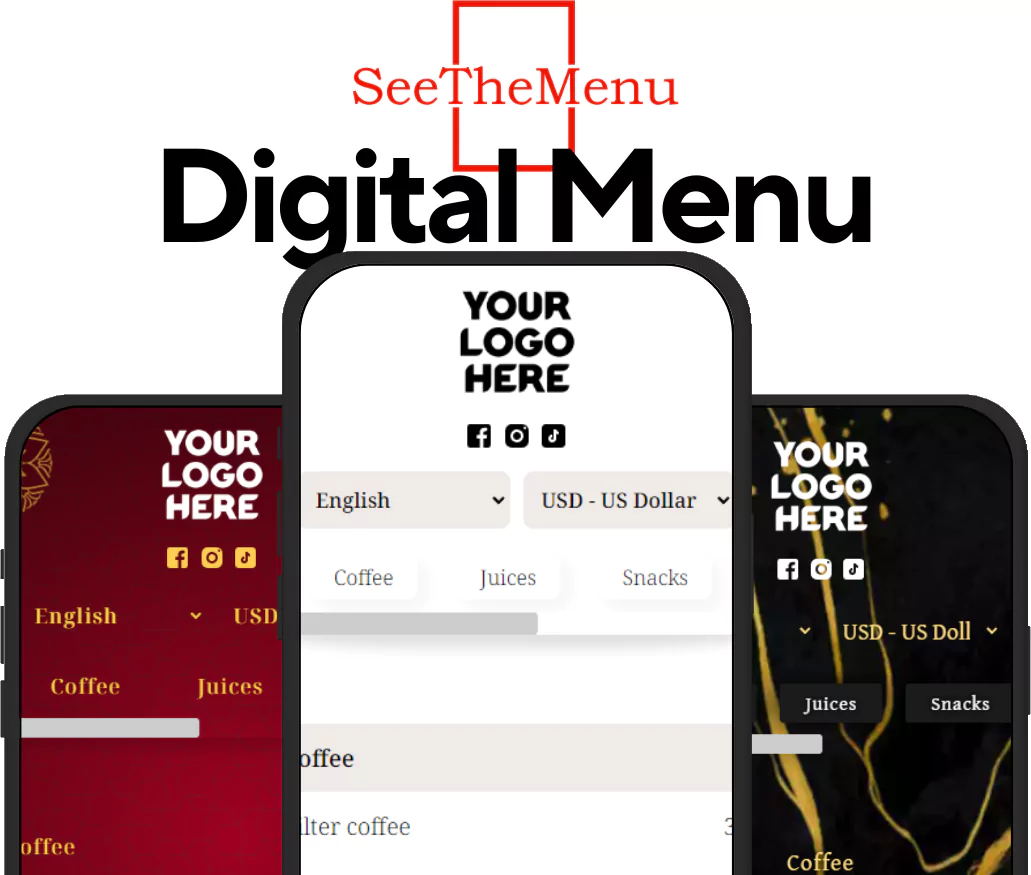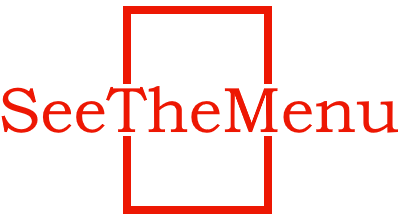Case Study: Successful Restaurants That Switched to Digital Menus
Date:18/08/2024

The shift to digital menus has been a game-changer for many restaurants, enhancing not only their operational efficiencies but also significantly improving the customer dining experience. In this blog post, we delve into real-life examples of restaurants that have successfully implemented digital menus and the profound impacts these changes have had on their businesses.
Case Study 1: The Modern Diner
- Location: New York City, USA
- Type of Cuisine: American Contemporary
- Key Benefits: Increased order accuracy, improved customer satisfaction
- Overview: The Modern Diner introduced digital menus as a part of a broader initiative to modernize its operations. The change led to a 30% increase in order accuracy and a noticeable improvement in table turnover rates. Customers appreciated the ability to easily browse menu items with detailed descriptions and images, leading to enhanced meal satisfaction and an increase in positive online reviews.
- Impact: By reducing wait times and order errors, The Modern Diner has not only enhanced customer experience but also increased overall revenue by 20%.
Case Study 2: La Cucina Italiana
- Location: Rome, Italy
- Type of Cuisine: Traditional Italian
- Key Benefits: Multilingual menu options, enhanced tourist engagement
- Overview: Situated in a tourist-heavy area, La Cucina Italiana implemented digital menus with multilingual options to cater to international visitors. This change resulted in a more inclusive dining experience for non-Italian speaking customers, with a 40% increase in tourist footfall.
- Impact: The restaurant saw a significant boost in customer engagement and satisfaction, which was reflected in the diverse and positive feedback received from various international review platforms.
Case Study 3: Green Bowl Vegan Cafe
- Location: San Francisco, USA
- Type of Cuisine: Vegan
- Key Benefits: Dynamic menu updates, promotional agility
- Overview: Green Bowl Vegan Cafe uses its digital menus to dynamically adjust offerings based on seasonal availability and current trends. This flexibility has allowed them to efficiently manage food inventory and waste, while also promoting new dishes instantly across platforms.
- Impact: The cafe has experienced a 25% increase in repeat customers, attributed to the constantly updated and engaging menu content.
Case Study 4: Sushi Sakura
- Location: Tokyo, Japan
- Type of Cuisine: Japanese Sushi
- Key Benefits: Enhanced visual ordering, increased sales of premium items
- Overview: Sushi Sakura introduced digital menus that include high-quality images of their dishes, particularly the premium sushi selections. This visual approach has helped customers better understand what they are ordering, resulting in a 50% increase in sales of higher-priced menu items.
- Impact: The visual menus have not only improved customer order confidence but also significantly boosted overall sales, particularly in the premium category.
Conclusion: These case studies demonstrate the versatility and effectiveness of digital menus in diverse restaurant settings and cuisines. From improving operational efficiencies to enhancing customer interaction and satisfaction, digital menus are proving to be an invaluable asset in the modern dining experience.
